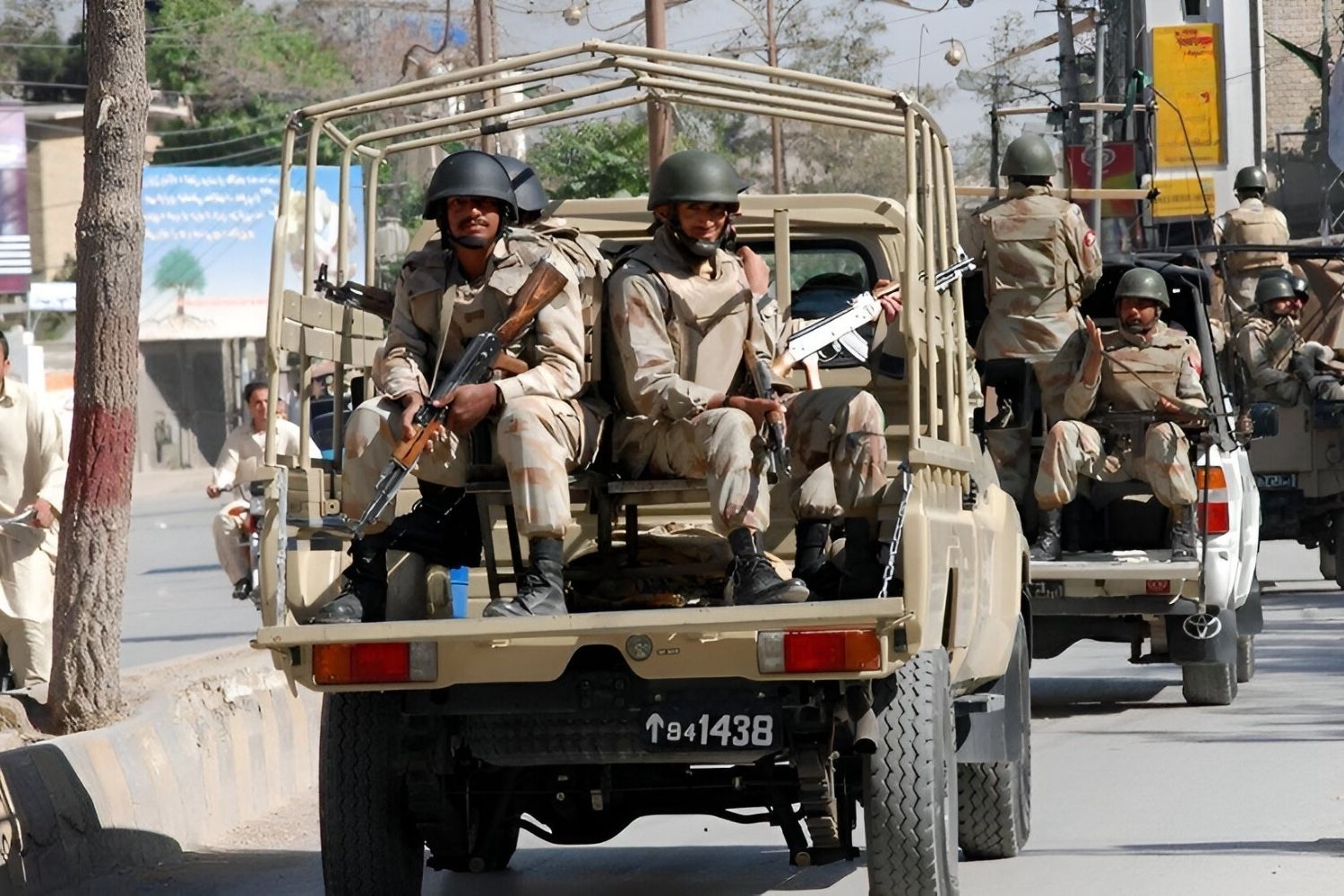
Operation in Balochistan has always been a topic of intrigue and debate. This region, rich in culture and history, has seen numerous military operations over the years. But what exactly goes on during these operations? Why are they conducted, and what impact do they have on the local population? In this blog post, we will delve into 30 fascinating facts about operations in Balochistan. From historical contexts to the latest developments, these facts will provide a comprehensive understanding of the situation. Whether you're a history buff or just curious, this post will shed light on the complexities and nuances of Balochistan's operations.
Key Takeaways:
- Balochistan's history is rich and complex, with military operations shaping its socio-economic landscape. The region's diverse population and natural resources add to its significance on the global stage.
- International involvement, human rights concerns, and government initiatives all play a role in shaping Balochistan's future. The region's cultural diversity and environmental impact further contribute to its complex dynamics.
Historical Background
Understanding the historical context of Balochistan helps grasp the significance of operations in the region. Balochistan, the largest province of Pakistan, has a rich history and complex socio-political landscape.
- Balochistan became part of Pakistan in 1948 after the British left the Indian subcontinent.
- The region has a history of insurgency, with multiple uprisings since the 1950s.
- Balochistan is rich in natural resources, including gas, coal, and minerals.
- The province shares borders with Afghanistan and Iran, making it strategically important.
Military Operations
Military operations in Balochistan have been a significant part of the region's history. These operations aim to maintain law and order, counter insurgency, and protect national interests.
- The first major military operation in Balochistan occurred in 1948, shortly after Pakistan's independence.
- Operation Kohlu in 1973 was launched to quell a major insurgency.
- The 2004 operation targeted militant hideouts in the Dera Bugti and Kohlu districts.
- In 2016, Operation Zarb-e-Azb extended to Balochistan to eliminate terrorist networks.
Socio-Economic Impact
Military operations have had profound socio-economic impacts on Balochistan. These effects range from displacement to changes in local economies.
- Thousands of people have been displaced due to military operations.
- Infrastructure development has been both hindered and accelerated by military presence.
- Local economies have suffered due to instability and conflict.
- Education and healthcare services have been disrupted in conflict zones.
Human Rights Concerns
Human rights organizations have raised concerns about the impact of military operations on civilians. These concerns include allegations of abuses and violations.
- Reports of enforced disappearances have been a major issue.
- Allegations of extrajudicial killings have surfaced frequently.
- Human rights groups have documented cases of torture and illegal detention.
- The government has been accused of restricting freedom of speech and assembly.
Government Initiatives
The Pakistani government has launched several initiatives to address the issues in Balochistan. These initiatives aim to bring peace, development, and integration.
- The Aghaz-e-Haqooq-e-Balochistan package was introduced in 2009 to address grievances.
- The China-Pakistan Economic Corridor (CPEC) includes major projects in Balochistan.
- The government has offered amnesty to insurgents willing to lay down arms.
- Development funds have been allocated to improve infrastructure and services.
International Involvement
International actors have shown interest in Balochistan due to its strategic location and resources. This involvement has added another layer of complexity to the situation.
- China has invested heavily in Balochistan through CPEC.
- The United States has expressed concerns over human rights violations.
- Iran and Afghanistan have been implicated in supporting insurgent groups.
- International NGOs have been active in providing humanitarian aid.
Cultural and Ethnic Diversity
Balochistan is home to a diverse population with various ethnic and cultural groups. This diversity has both enriched and complicated the region's dynamics.
- The Baloch people are the largest ethnic group in the province.
- Pashtuns form a significant minority in northern Balochistan.
- The province also has communities of Hazaras, Brahuis, and Sindhis.
- Cultural festivals like Sibi Mela celebrate the region's rich heritage.
Environmental Impact
Military operations and development projects have also impacted Balochistan's environment. These impacts include changes to the landscape and natural resources.
- Deforestation has increased due to military and development activities.
- Water resources have been strained, affecting agriculture and daily life.
The Final Word on Balochistan Operations
Understanding Operation in Balochistan sheds light on a complex region with a rich history and ongoing challenges. From its strategic location to the diverse cultures within, Balochistan plays a crucial role in regional dynamics. The operations there, driven by various political, economic, and security concerns, have far-reaching impacts on both local and international levels.
Knowing these facts helps grasp the broader picture of why Balochistan remains a focal point for many stakeholders. Whether it's the natural resources, the geopolitical significance, or the human stories, each aspect adds depth to our understanding.
Staying informed about such operations not only broadens our knowledge but also fosters a more nuanced perspective on global affairs. Keep exploring, stay curious, and remember that every fact adds a piece to the puzzle.
Frequently Asked Questions
Was this page helpful?
Our commitment to delivering trustworthy and engaging content is at the heart of what we do. Each fact on our site is contributed by real users like you, bringing a wealth of diverse insights and information. To ensure the highest standards of accuracy and reliability, our dedicated editors meticulously review each submission. This process guarantees that the facts we share are not only fascinating but also credible. Trust in our commitment to quality and authenticity as you explore and learn with us.
